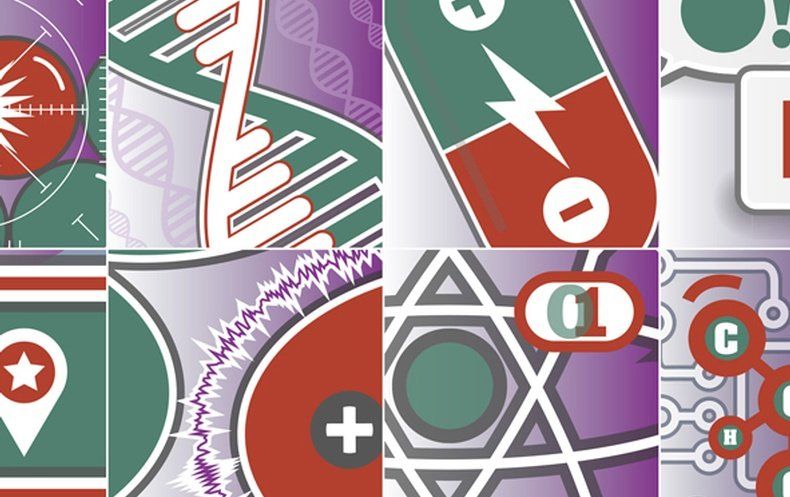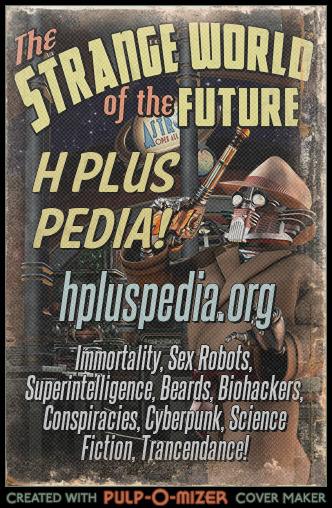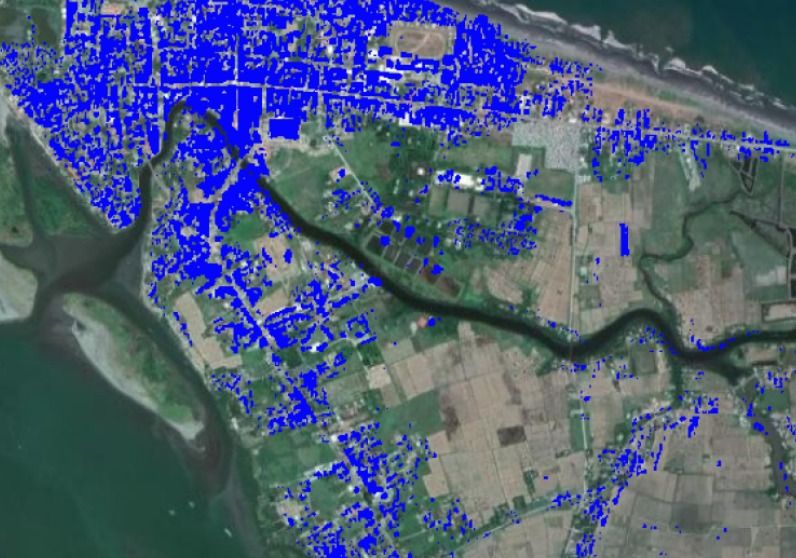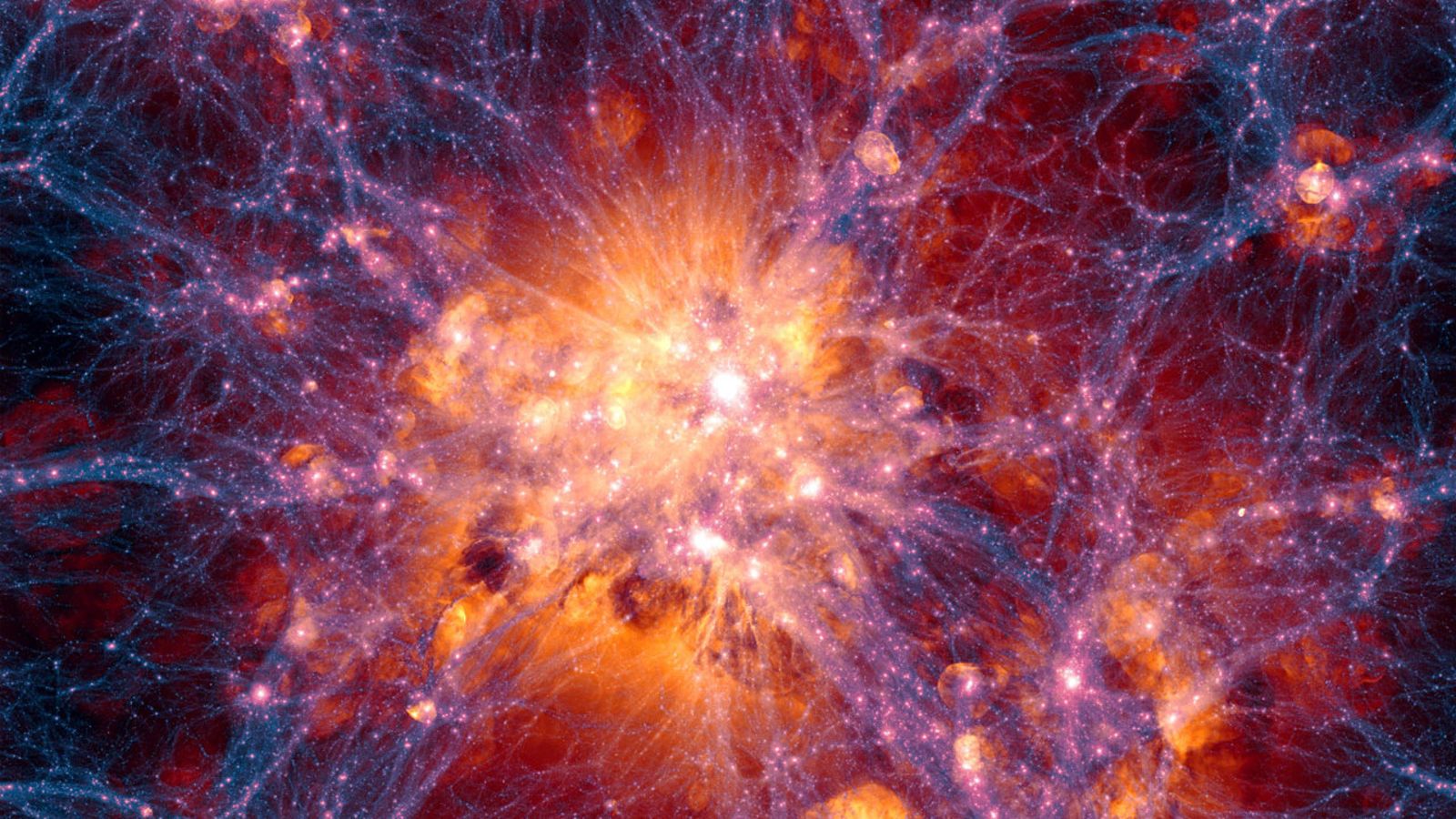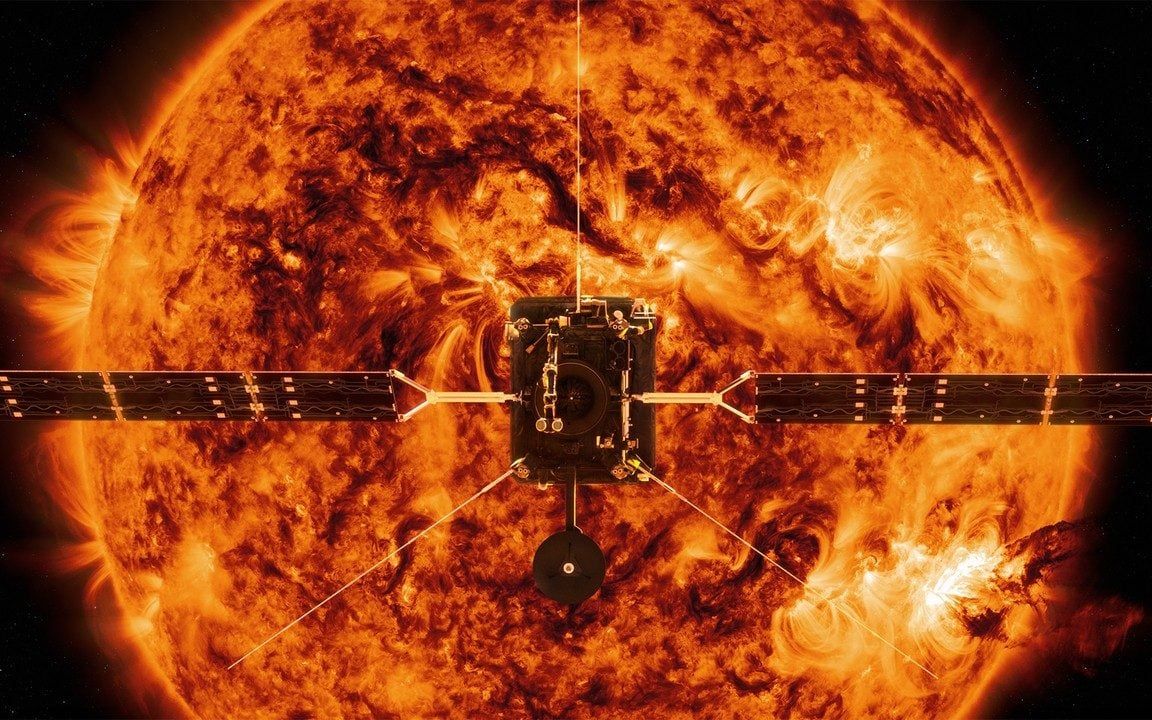The east coast is currently flooded. Why don’t we have pipelines for pumping water around the country where it is needed? We do it for oil and gas, and you know if it leaks it would not be a toxic mess.
Deputy Prime Minister Michael McCormack last week suggested the government would look at changing the law to allow water to be taken from the environment and given to farmers struggling with the drought.
This is a bad idea for several reasons. First, the environment needs water in dry years as well as wet ones. Second, unilaterally intervening in the way water is distributed between users undermines the water market, which is now worth billions of dollars. And, third, in dry years the environment gets a smaller allocation too, so there simply isn’t enough water to make this worthwhile.
In fact, the growing political pressure being put on environmental water holders to sell their water to farmers is exactly the kind of interference that bodies such as the Commonwealth Environmental Water Holder were established to avoid.


